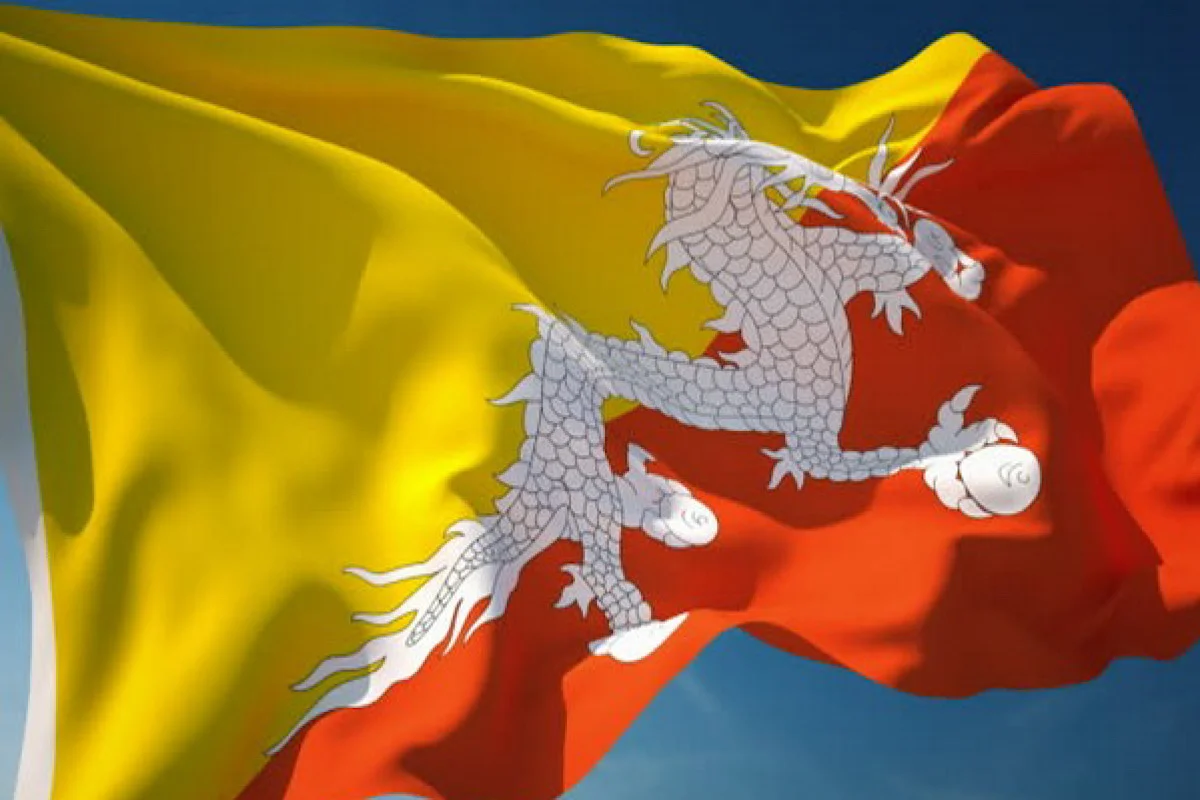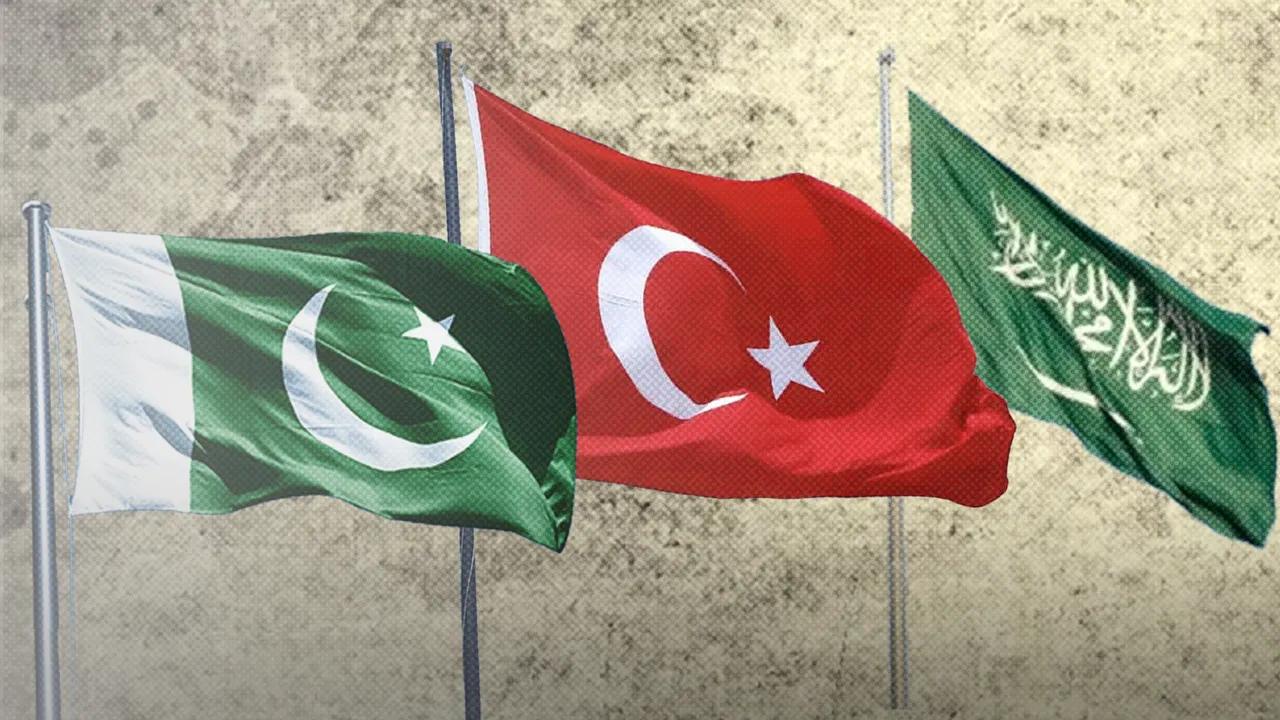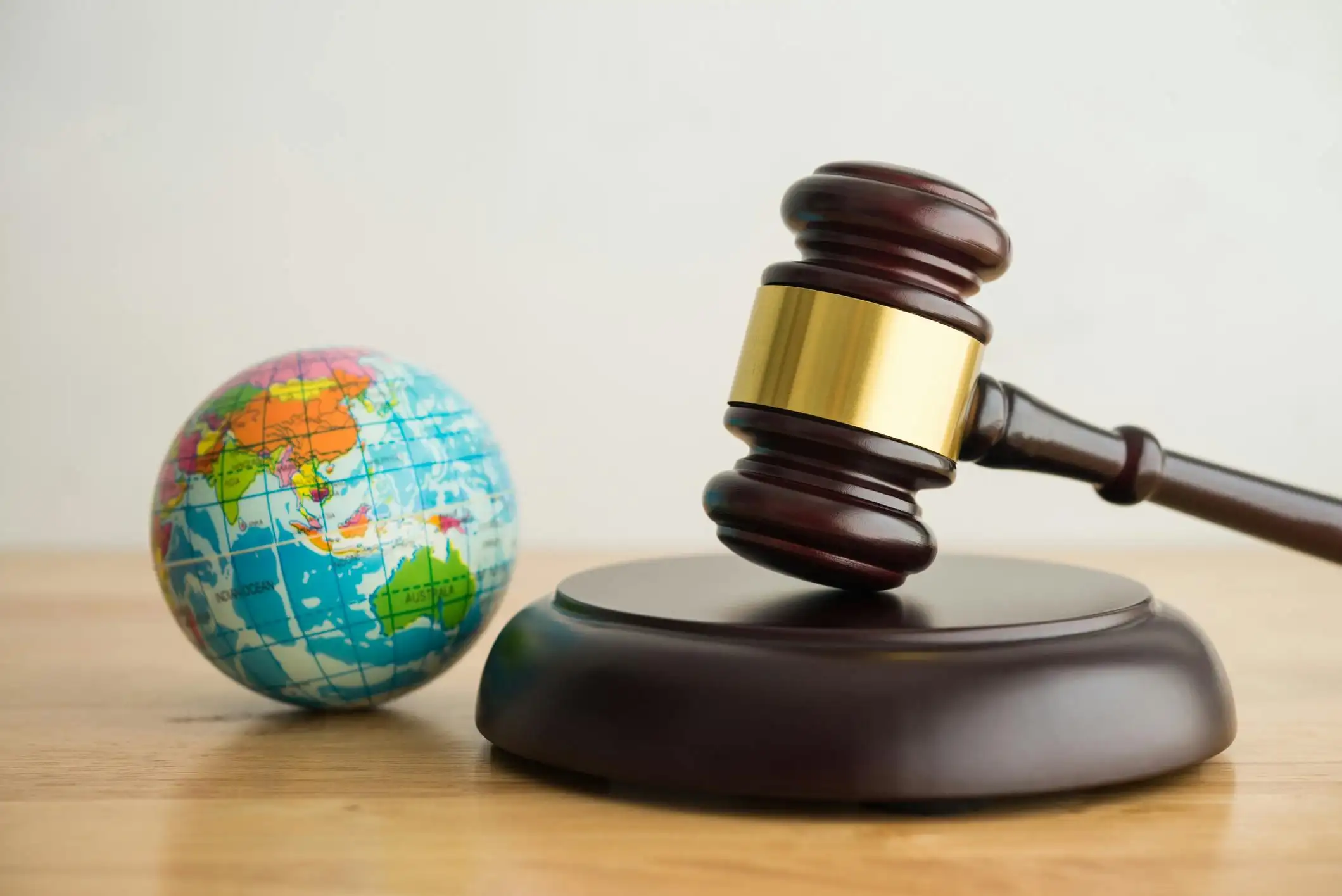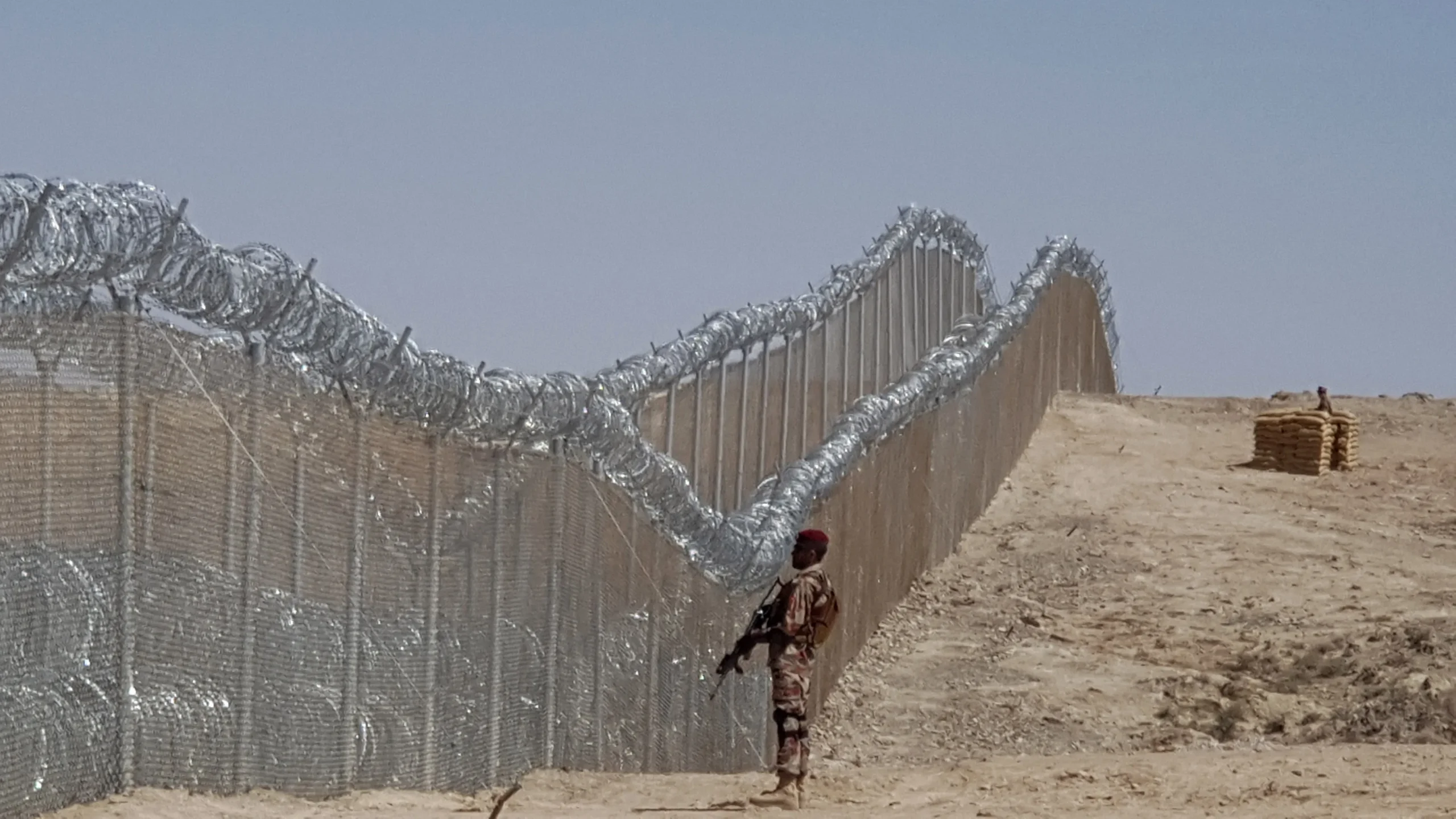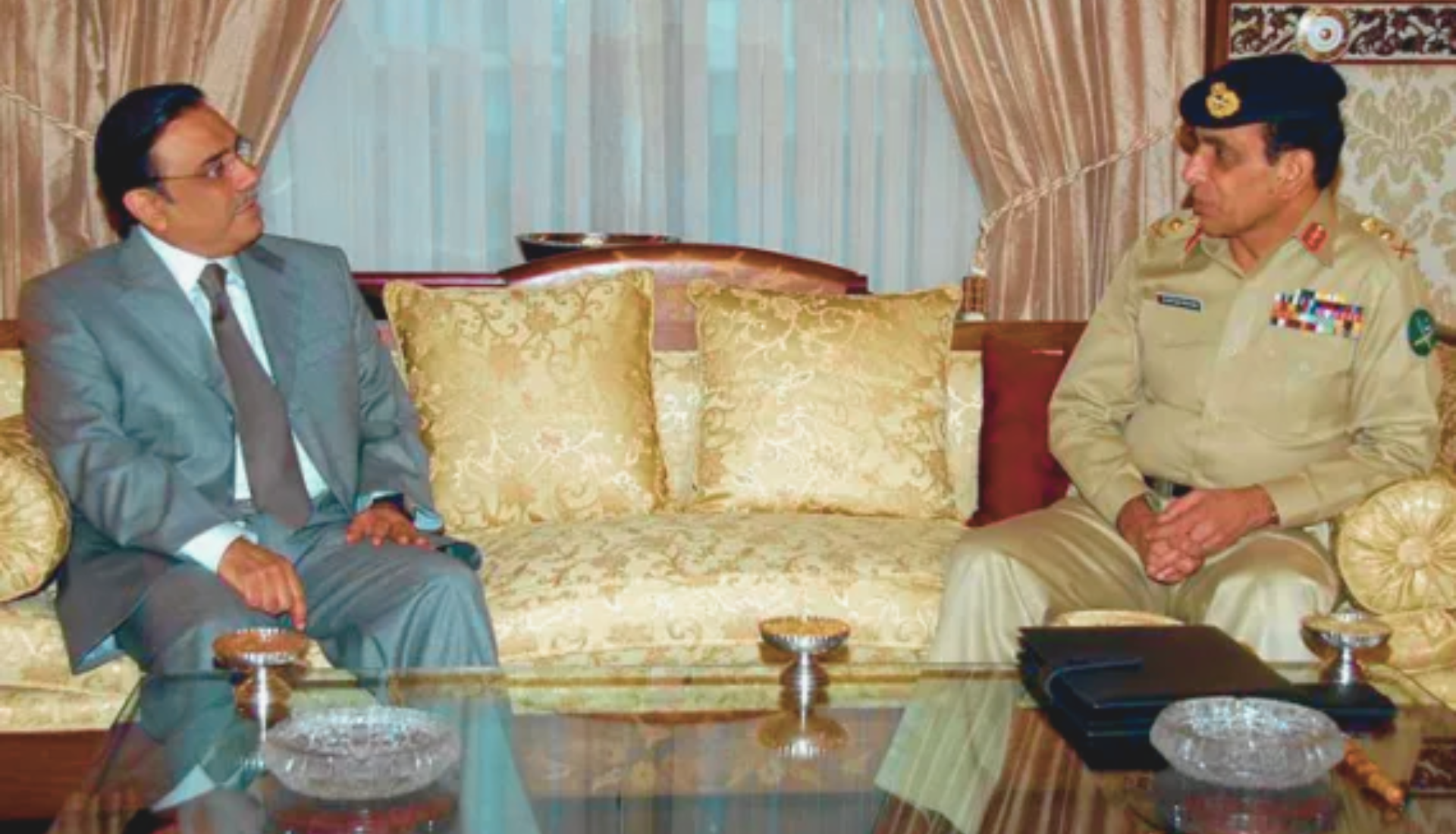In a press release on Thursday, July 23, the Royal Monetary Authority of Bhutan has issued a monetary policy statement for 2020.
Global Impact of the Pandemic
Royal monetary authority starts off the statement by keeping into account the uncertain and exacerbating nature of threats following the pandemic. The situation since the first quarter of 2020 keeps on getting worse.
The global perspective has shifted from growth to a ‘sustainable growth’ at large. Additionally, a quarantined economy has further aggravated the slowdown both in demand and supply.
IMF & WEO Predicts Slowdown
The document mentions the prediction as per IMF & WEO in April 2020. It says that the economy will shrink by -3 percent in 2020, which is even worse than the -0.07% decline in the financial crisis of 2009.
The world is now trying to match the pace of pandemic in reinventing health, private and public sectors. However, global growth is not going to pick up until mid-2021.
South Asian Region’s Struggle Against COVID-19
The South Asian region remains at the receiving end of threats and challenges. The GDP of the fifth-largest economy in the world will display a 5 percent growth against the 7.0 percent growth forecasted earlier for 2020. This marks a 1.9 percent further decline in GDP (WEO, IMF).
Variables affecting for good and worse
Base effect, currency depreciation, and supply disruption in effect will further fuel up inflation. However, the reduction in policy rate over the years since 2108 has been substantial, states report.
The policy rate was 6.5 % in 2018 and 5.2 percent in October 2019. However, a further reduction of 75 basis points achieved in 4.4% in March 2020.
Sizeable fiscal stimulus accounts for 10% of the GDP aims at keeping the economy afloat.
Both reduction in the policy rate and fiscal stimulus are claimed to have eased the disruptions in the economy.
Health Measures VS Economic Slowdown
The report claims to have taken containment measures since March 2020, thus zero community cases reported.
Strict containment measures, however, have resulted in economic fallout. Supply (GDP growth) reduced to a historic low at -1.0 percent and domestic demand slumped by -6.9 percent. Measures under the national economic response plan (monetary and fiscal) will reverse economic growth at 1.0 percent.
Two Phases of Monetary Policy
Against the health front countermeasures to revive the economy holds equal importance. 20% of impacted households are given monthly cash transfers via Grant of Druk Gyalpo’s Relief Kidu operated through the National Resilience. In April 2020 total of Nu 1.25 billion were granted in interest waivers to around 139,096 debtors.
Phase II
Along with fiscal measures and The Grant of Druk Gyalpo’s Relief Kidu, the RMA introduced Phase II monetary measures to help the economy to recover from the COVID-19 pandemic starting July 2020.
Currently, the liquidity remains high in contrast to demand and is likely to stay until the demand fully recovers in the near term.

